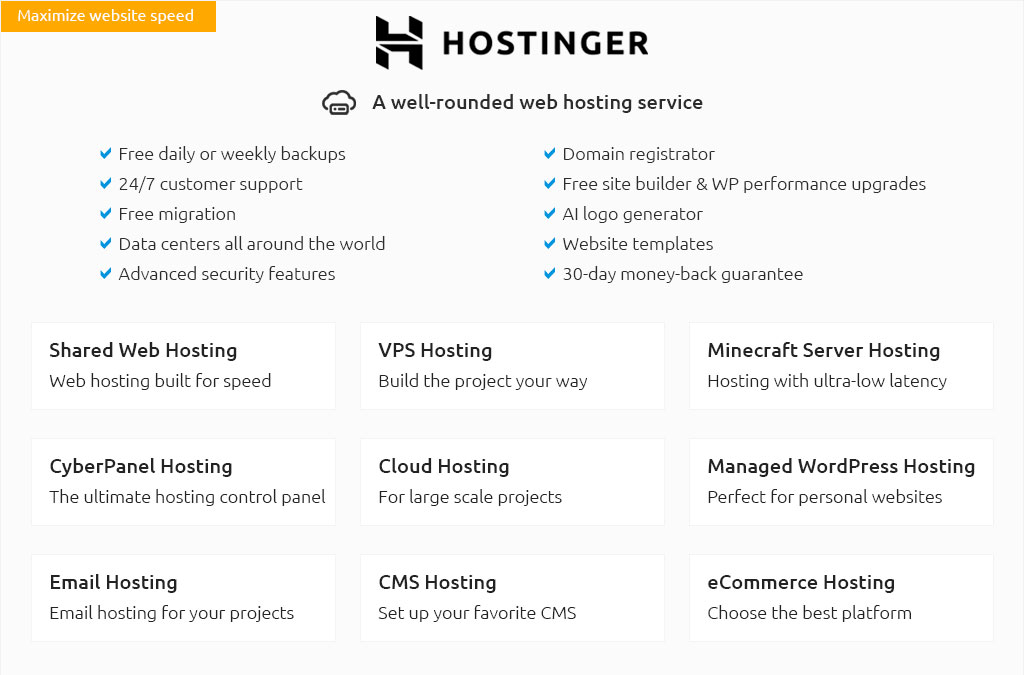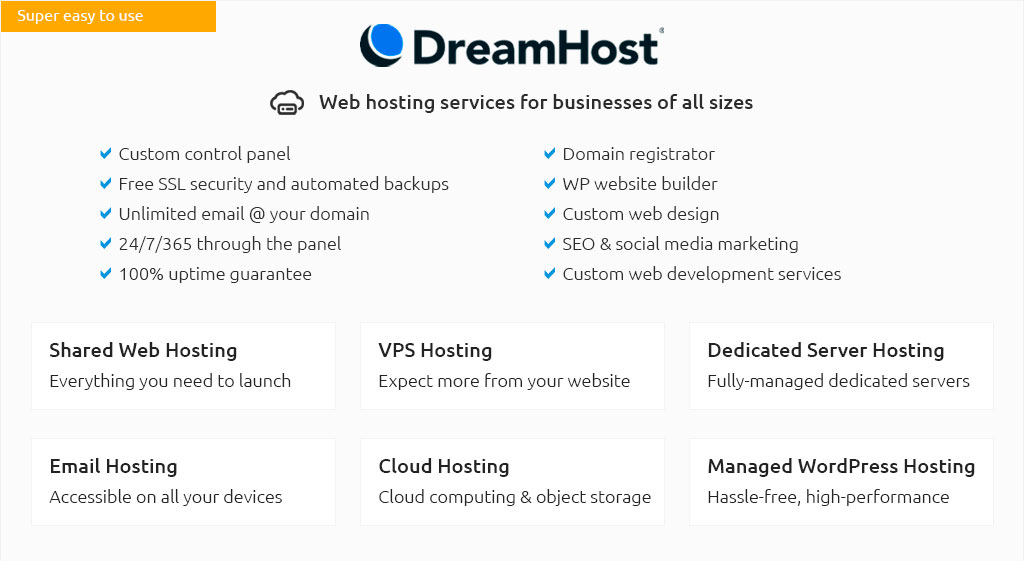 |
|||
 |
 |
 |
|
 |
|
 |
 |
 |
|||
 |
|||
 |
|||
 |
|||
 |
 |
aws cloud hosting pricing explained for beginnersHow AWS chargesAWS uses pay-as-you-go billing, so you pay for actual usage rather than a fixed bundle. The big drivers are compute, storage, data transfer, and managed services. EC2 and Lambda cover processing, S3 holds data, and outbound traffic to the internet often costs more than inbound. Free tiers exist, but they are time-limited and capacity-limited. Ways to reduce costsFor steady workloads, Reserved Instances and Savings Plans lock in lower rates. For flexible jobs, Spot Instances offer steep discounts with the trade-off that capacity can be reclaimed. Right-sizing-choosing smaller instances, cheaper regions, or newer generations-often beats clever tricks. What to budgetA beginner site might combine a small EC2 instance, modest S3 storage, and low monthly bandwidth, adding up to tens of dollars; heavier analytics or databases can jump to hundreds. Always watch the bill with AWS Cost Explorer and set alerts.
|